5 Ways To Tell If Your Sourdough Is Under Fermented ... and how to fix it
This post may contain affiliate links.
Understanding when your sourdough is under fermented is such a good skill to have as a home baker. There are certain things you can look for to identify this issue.
Under fermented sourdough bread is one of the most common issues that arises in my Sourdough Facebook Group. It can be tricky to identify. The good news is - it's easy to fix! If one of your sourdough goals this year is to bake better sourdough, this is one problem you definitely need to get on top of!
Five ways to know your sourdough is under fermented are:
- Cracked scoring and large, over pronounced ears
- Uneven crumb - tight crumb surrounding random larger holes
- Gummy, wet texture
- Sourdough won't brown in the oven and won't brown up in the toaster
- Loaf is small and feels heavy
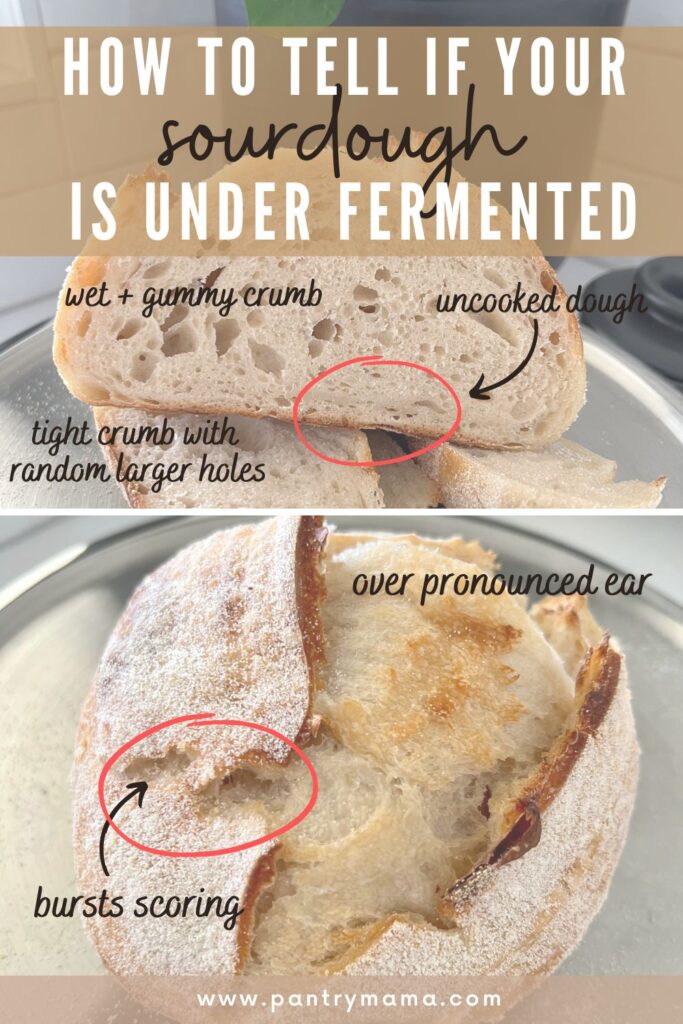
Under fermented sourdough can be tricky to spot because it often looks like a wonderful loaf when you first lift the lid off your Dutch Oven. The yeast in under fermented sourdough still have loads of energy, so you'll often get good oven spring.
It's not until you slice the sourdough and see the crumb structure that you realise it's under fermented. The great thing is that generally, unless it's completely raw inside, you can still eat an under fermented sourdough bread.
Common sense is best used here - if the loaf looks dubious and you can see very dense, raw dough - don't eat it!
While I've provided a quick summary of what to look for when you're trying to identify an under fermented loaf of sourdough, let's now do a deep dive to really understand what is going on, and most importantly, how we can fix it!
You'll find answers to the most common sourdough starter problems here, as well as general sourdough bread troubleshooting advice here.
So how can you tell your sourdough bread is under fermented?
Cracked Scoring and Over Exaggerated Ears
If your sourdough bread is breaking your scoring or cracking where you haven't scored, chances are, it needs more time. If your main utility score is looking more like a huge wave than a neat ear, this is also a sign that your dough needed more time to ferment.
While a nice big ear is often aspired to, you really can have an ear that is too big and awkward too.
Both of these things can be frustrating because they can ruin the aesthetic of your loaf. But not only this, they can also hide a loaf that is not going to be that great when you cut it either.
You can see in the photo below that the loaf has split its scoring lines.
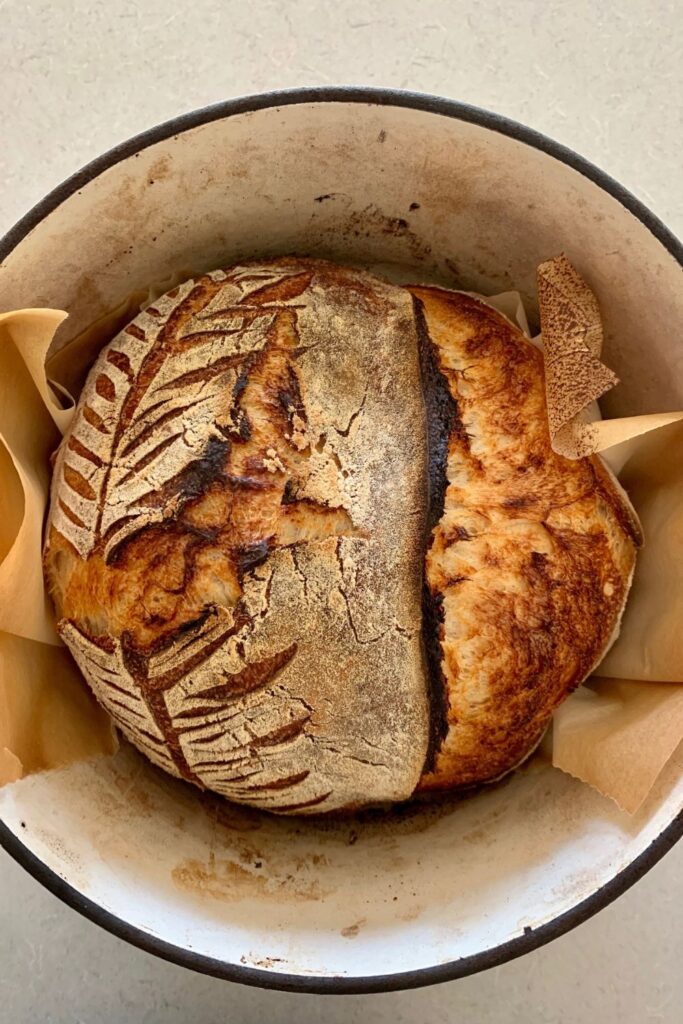
Uneven Crumb
Most sourdough bakers strive for an even crumb. Even if you aren't wanting a lacy, open crumb, you want your crumb to be light and uniform.
If your sourdough has a tight crumb that has some random larger holes or perhaps it has lots of big holes but they just don't seem right, chances are you have an under fermented loaf of sourdough that needed more time in bulk fermentation.
An under fermented loaf will have a crumb that just doesn't look right, it seems strange and won't be aesthetically pleasing.
You can see an example of an under fermented loaf below where the crumb structure has been affected by the bulk fermentation not being adequately timed.
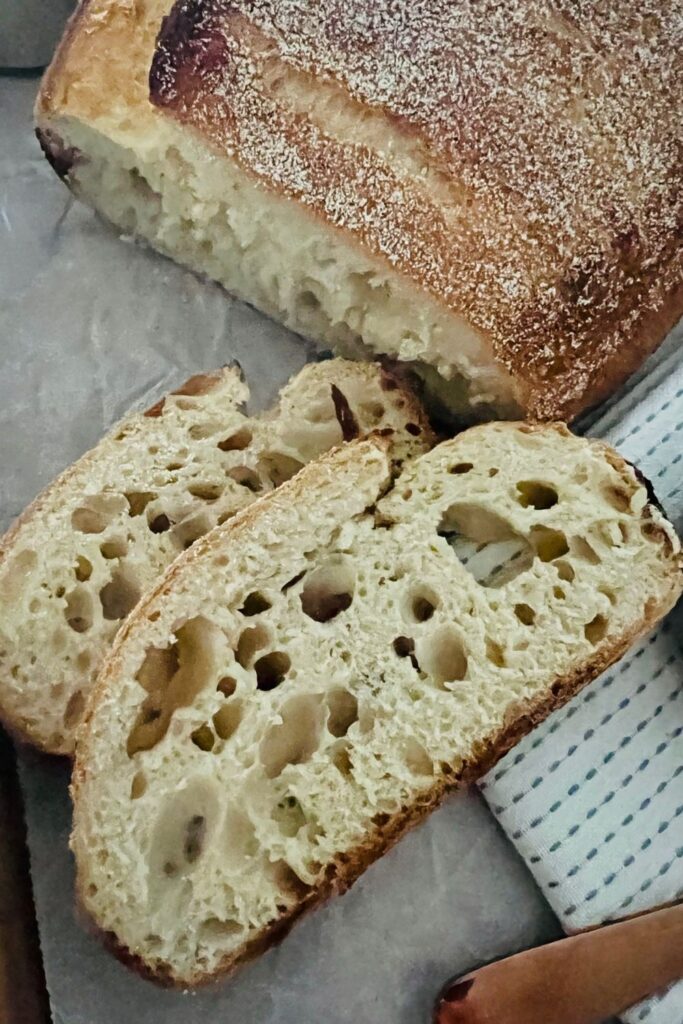
Wet Gummy Crumb
When you cut open a loaf of sourdough bread that has not been fermented for long enough, it will still feel wet inside and might have a gummy texture. It can also leave a residue on the knife.
Many people will say, oh you just cut it too early, but the truth is, even if you leave under fermented sourdough to cool for 12 hours once it's come out of the oven, it will still feel wet and gummy inside.
This is because under fermented dough will never fully cook through, no matter how long you cook it for.
Because under fermented dough will not cook all the way through, this can also cause issues if you are using a thermometer to measure when your bread is done.
The thermometer may show the correct internal temperature for your bread, however, when you cut it open it won't have actually cooked through because no matter how high you get that temperature, the actual dough was under fermented. It's a problem I see happen on the daily and is one of the reasons understanding fermentation is so important.
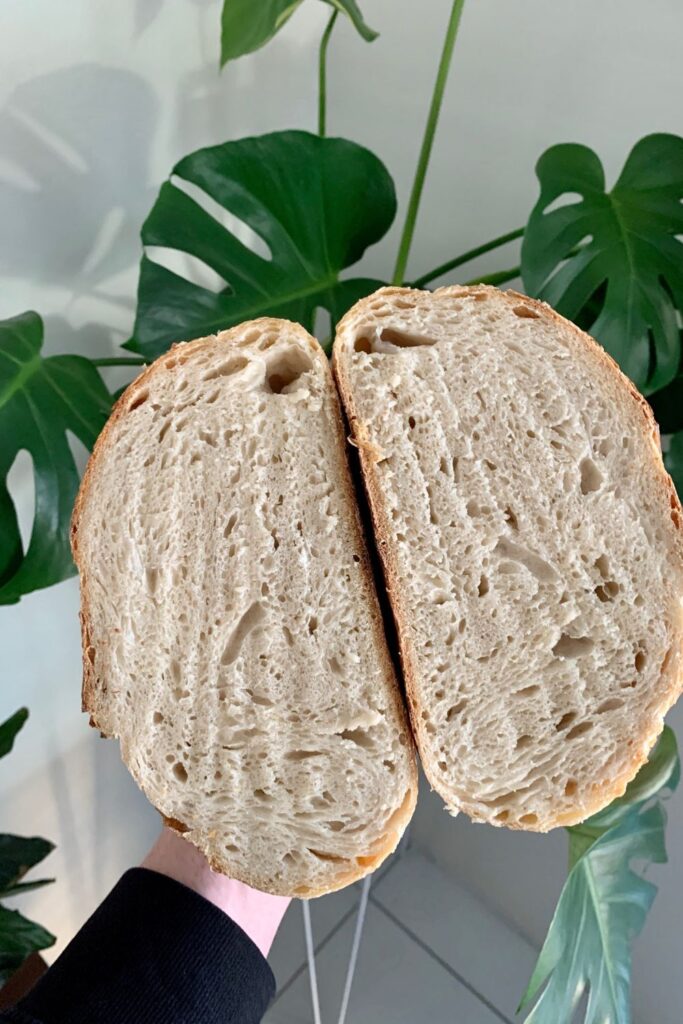
Crust Won't Brown Up
If your sourdough crust won't brown up in the oven, chances are it is under fermented. Under fermented sourdough will also struggle to brown up in the toaster because of the high moisture content still in the bread. This would normally reduce during cooking, but it won't happen this way if the dough is under fermented.
The residual sugars in the dough are not high enough to make the Maillard reaction occur. You can read more about the Maillard reaction here.
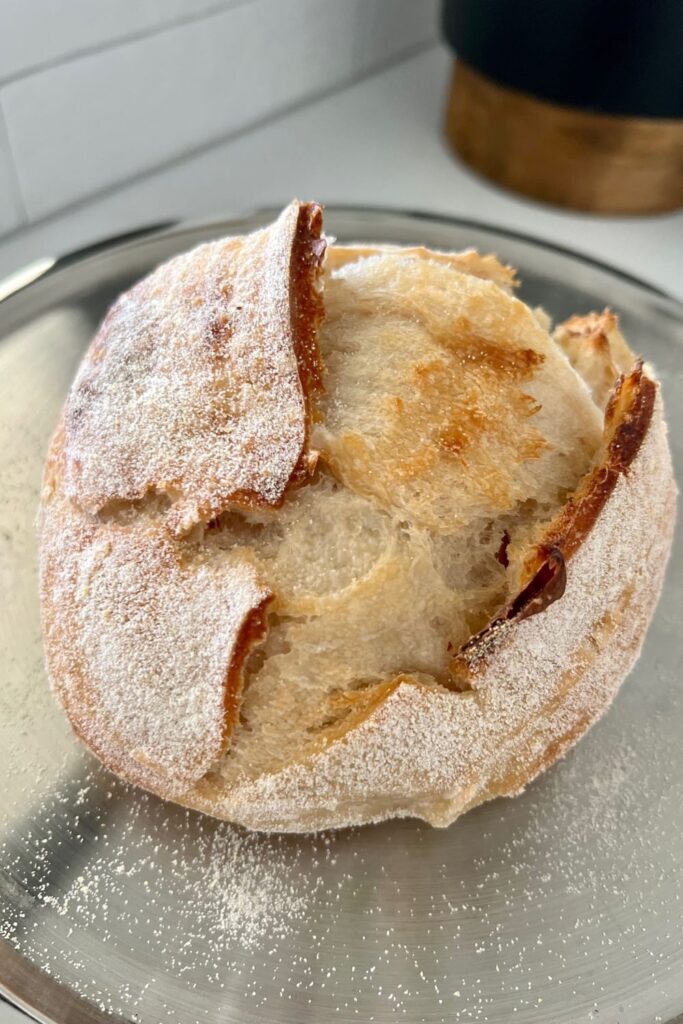
Sourdough Loaf is Small & Heavy
You can usually tell whether your sourdough is under fermented as soon as you take it out of the Dutch Oven. If it's looking smaller than it should (that is, it's lacking oven spring) and feels heavy when you pick it up, chances are you've not allowed it enough time in bulk fermentation.
Perfectly fermented sourdough will bloom in the oven and feel light and airy when you pick it up as it has lost a lot of moisture, and thus weight, during the cooking process.
In fact, sourdough will generally feel lighter before you put it in the oven - if it's feeling like a brick when you flip it out of the banneton - chances are it's not properly fermented.
How To Fix Under Fermented Sourdough Bread
The best thing about understanding whether your sourdough bread is under fermented is that it is relatively easy to fix for subsequent bakes.
In majority of cases, time is all that is needed to fix under fermented sourdough bread.
You need to extend bulk fermentation to allow the sourdough starter to do its job. This is a great resource for understanding when bulk fermentation is finished (and avoiding under fermented sourdough bread forever).
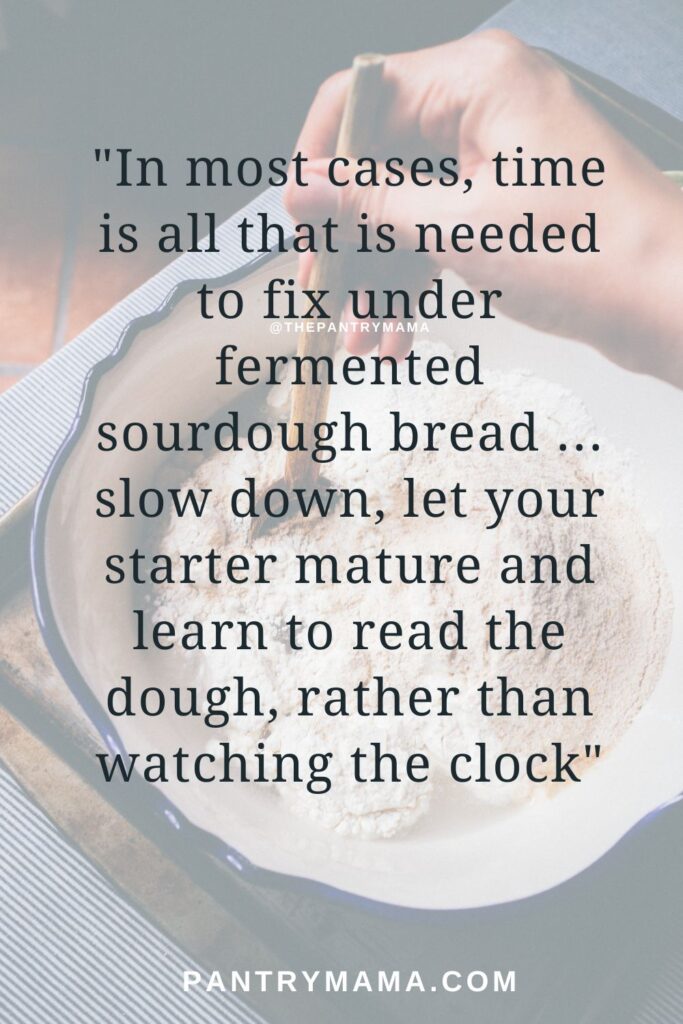
You also need to allow your starter time to mature if it's still young (and this is one of the most common causes of under fermented sourdough bread). A sourdough starter is never ready in 7 days and is almost never ready in even 14 days. It's a long process that requires patience and quite a bit of flour and water! Keeping your sourdough starter warm is also really important!
If you really don't want to wait for your sourdough starter to mature, you can always buy a mature starter.
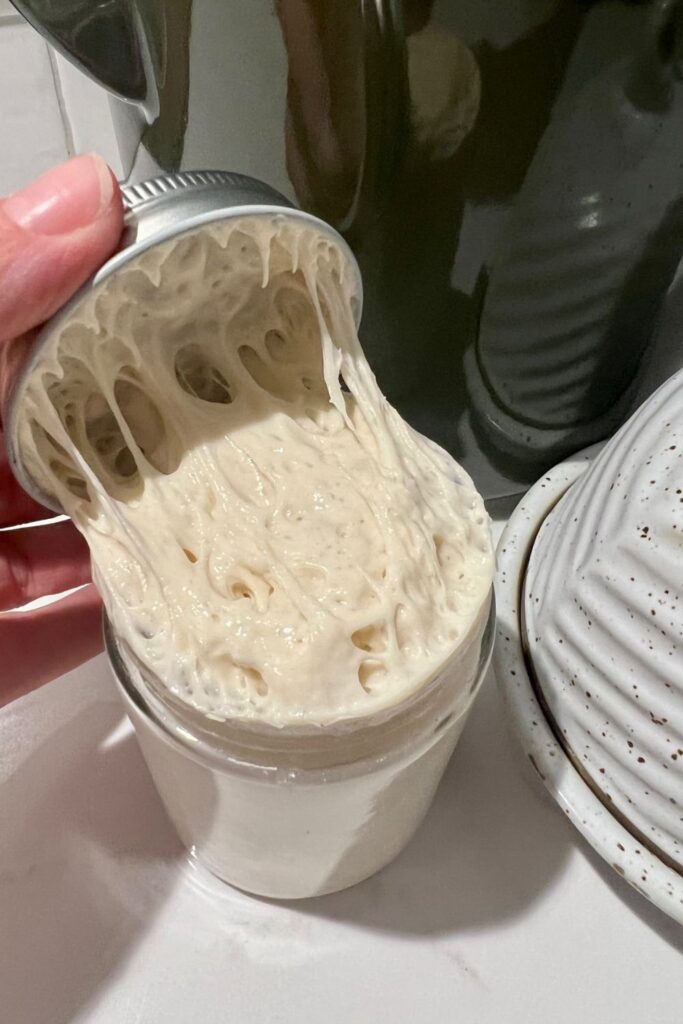
What Is The Difference Between Under Fermented Sourdough And Under Proofed Sourdough?
Generally these two terms are used interchangeably, however technically under fermentation is caused by not leaving the dough to bulk ferment for long enough. Under proofing is not leaving the dough long enough during the second period of resting (generally done in the fridge).
Both processes are necessary for a great looking, great tasting sourdough loaf.
If you want to better understand sourdough terminology, you might find this sourdough glossary helpful.
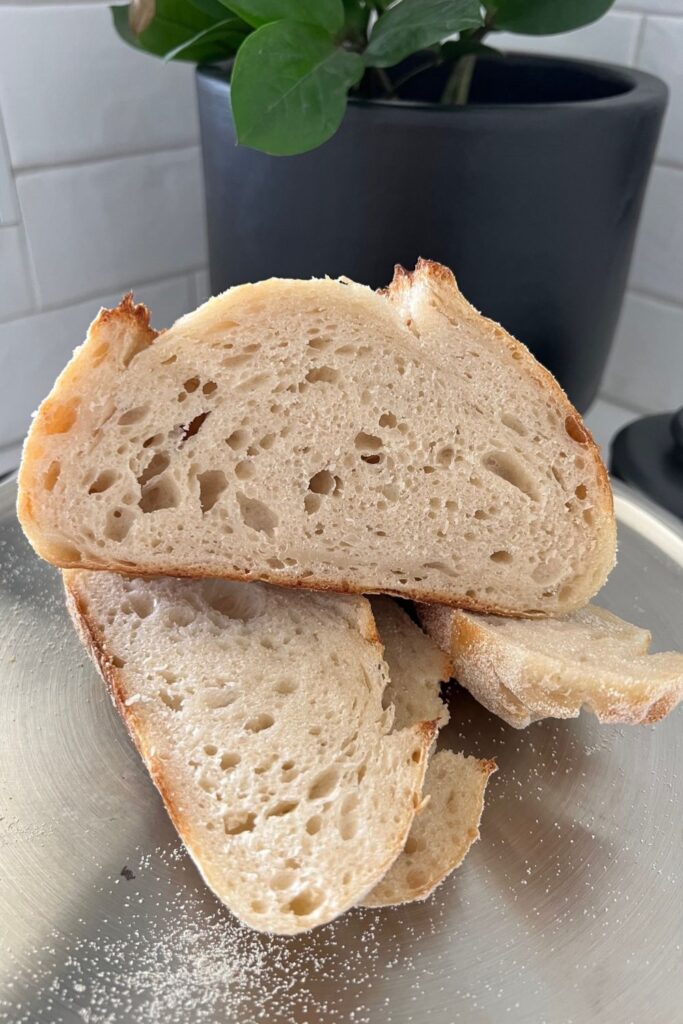
How To Use Under Fermented Sourdough Bread
While under fermented sourdough bread might not always be the tastiest, there are still some ways you can use it up (so long as it's not completely raw in the middle).
Here are a few ways to use your under fermented sourdough bread:
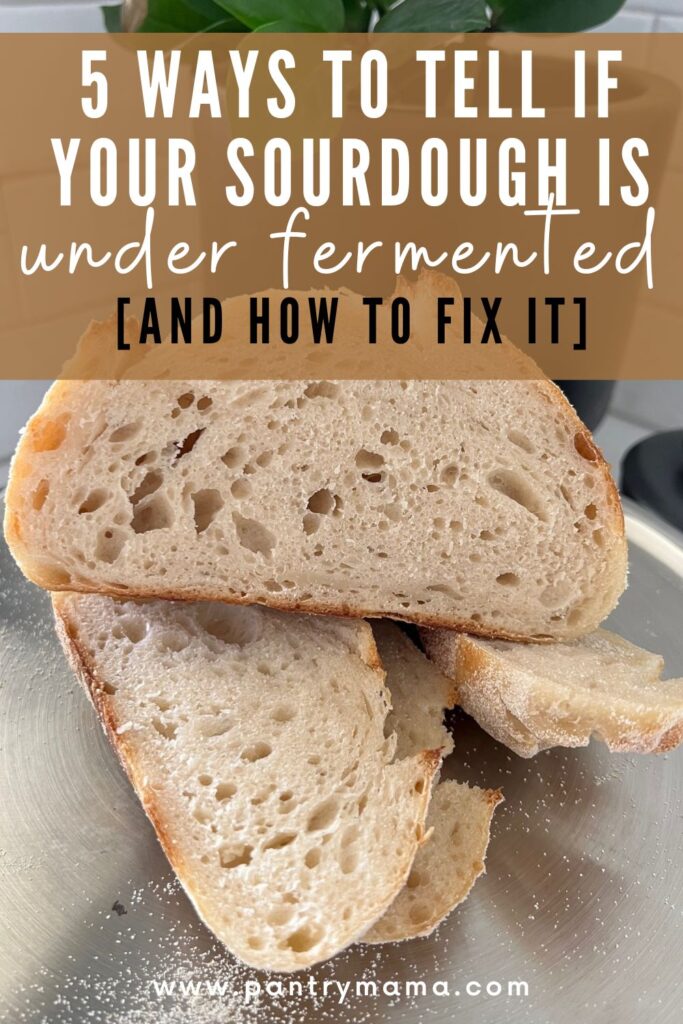




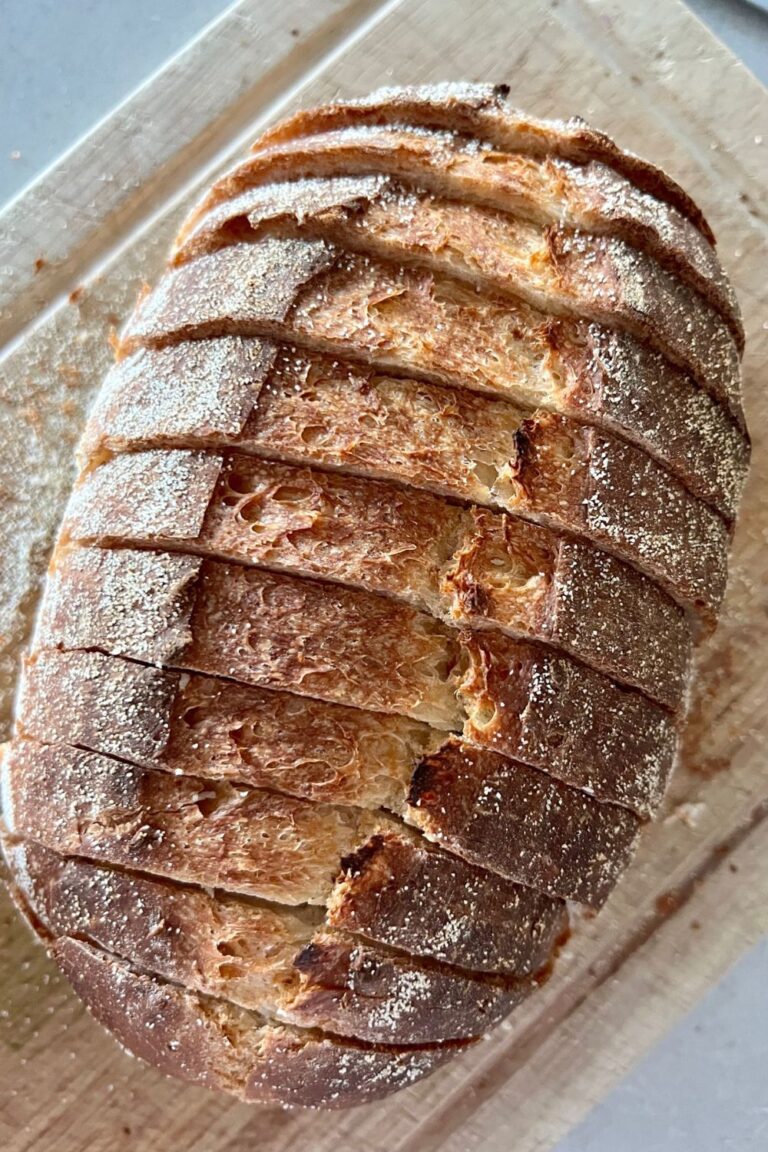
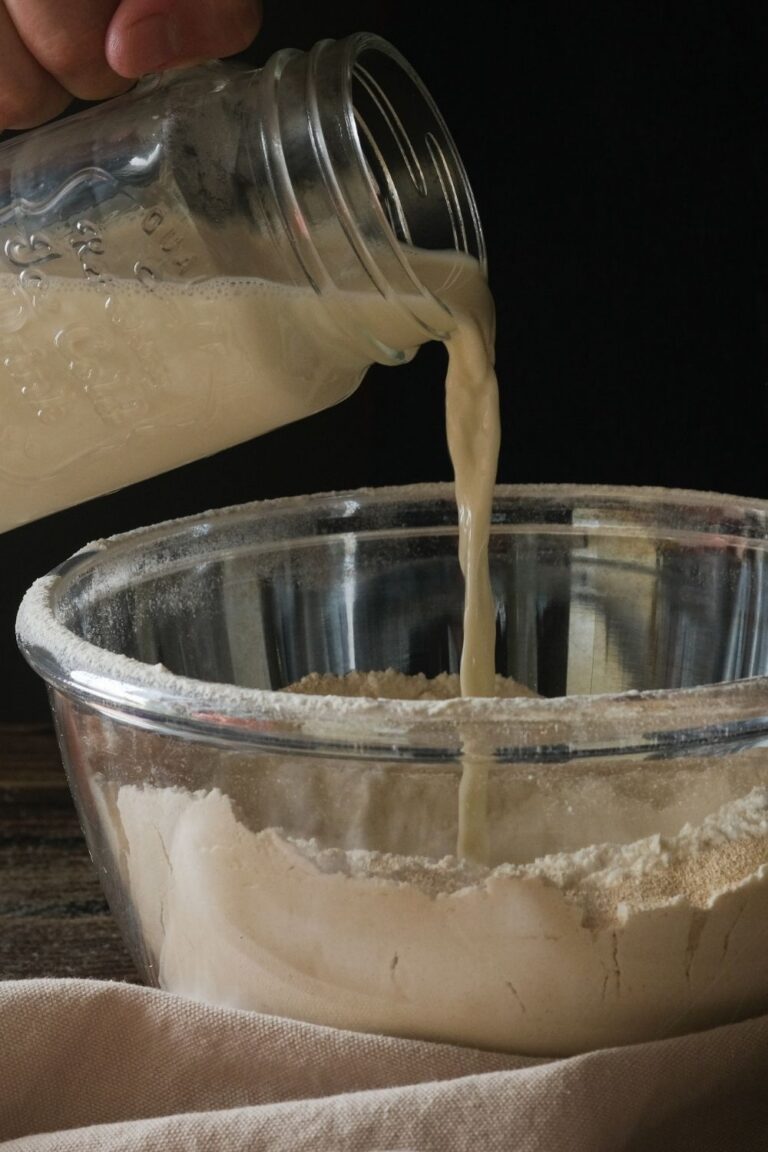

Ah……. Thank you!! I’m trying to use only freshly ground grain and the dough acts completely different than with store bought bread flour! My family is happy with a wet bread, as it isn’t dry. They are happy with a gummy bread, but I’d like to learn more!!
I’ve made something like 150+ loaves of sourdough over the past 2 years, however I bake with only 100% home milled grains. Mostly spelt, hard red, white, Turkey red for my breads. I can not figure out when to tell if it’s bulk proofed enough. Your article is VERY well written and helpful. However, you don’t address whole milled grains in this post. You do in many others of your posts. I wonder if you’d be willing to write more up clarify how over/under proofed sourdough looks. And how I can know when it’s done. I’d love your help! There are so few people who have done fresh grains, so the advice out there is sparse.
So I didn’t see in the email how can you tell when it’s fermentation is ready? I’ve seen different recipes some people say leave it overnight and some people save me a note about four hours, I did it she one that has the test post to go and see how long it takes it to come back up. I feel like my friend have a good texture in good taste but I just wanna make sure that it’s the best of it can be.
Check out this post for how to tell when your sourdough has finished bulk fermentation 🙂
Thank you for this informative post! Could you do one on over-fermented sourdough? I’m trying to understand both extremes so I can get it just right. Thanks!
Signs it’s done fermenting:
-Almost doubled in size
-Bubbles forming on the surface
-If you look in the sides of your container there should be lots of air pockets (almost looks spongy)
If you gently shake the bowl the dough should jiggle like jello and look light and airy
-surface of dough should not be sticky
Hi Kate. I love your site and use it as a general guide because many of the rules of normal flour do not apply. Because of commercial gluten sensitivity issues, I must use an organic, non-hybridized, low protein (10-12%) flour (similar to all-purpose). So, it's persnickety at best and very hydration sensitive. When the kneading is finished, I snip a sample (2-3g) and place it in something small and transparent, like an amber-colored pill bottle that's then marked at the top of the sample with a rubber band for reference and a second one placed higher up to indicate 50%, 75% or double proofing. I do the same when final proving in the refrigerator. It works wonders and eliminates guesswork. Something else that works well for rise when using low protein flours is adding diastatic malt powder. I make my own from the same wheat berries as my flours, and sometimes add it into the dough. 0.25%-1% by flour weight is the general rule of thumb. Otherwise, you could get a nicely browned, gummy loaf similar to underproving. Cheers...
My dough has doubled in size, domed on the top and has some bubbles under and on top (not as much as yours 😢) but the top always seems to be sticky where you tips say this shouldn’t be the case- where am I going wrong?
If it possible for it to still be underproofed if you do the 2nd rise or proof in the fridge for 24 hours?
I'm still hoping to see the info too, as to when it's ready to bake.
You may have this in another post that I missed, but a teaspoon of sourdough starter that is fully matured will float in water. Sourdough starter that sinks will not make good bread. You can also test your dough before forming the loaf in the same way.
My dough turns liquid and sticky during bulk fermentation. I use all-purpose flour from King Arthur (USA). The temperature during fermentation is 76 F, and before 4 hours have passed, the thicker dough starts degrading. What are the possible causes?
My loafs come out very hard on the bottom. It’s very hard to cut the bottom crust. The bread is hard on the second day.
How can you tell when bulk ferm is done
Check out this resource - how to tell when bulk fermentation is done 🙂
I live where its 65* average & 3,000ft elevation, I follow the recipe & its pretty doughy in the middle after cooking. Im very new at this. Please help.
Have you looked at this - Baking Sourdough Bread at High Altitude